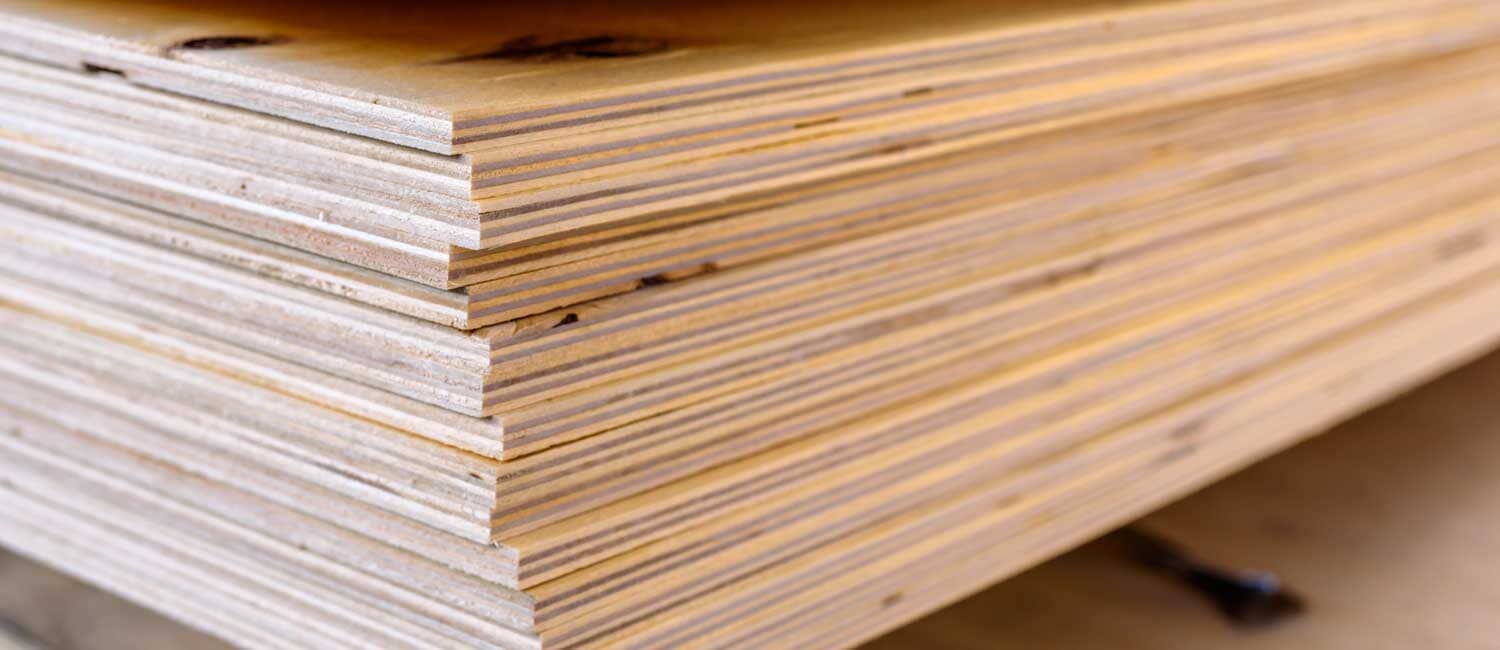Introduction
When embarking on an interior project that involves plywood, whether it's for cabinetry, flooring, or paneling, accurate quantity calculation is crucial. Properly estimating the amount of plywood needed can save you time, reduce costs, and ensure that you have enough material on hand to complete your project without delays. In this comprehensive guide, we’ll walk you through the steps to calculate the quantity of plywood required for your interior project, ensuring precision and efficiency.

1. Understand Your Project Requirements
Before diving into calculations, it’s essential to understand the scope of your project. Ask yourself the following questions:
- What is the purpose of the plywood? Are you using it for cabinetry, flooring, wall paneling, or furniture?
- What are the dimensions of the area to be covered or built? Measure the height, width, and length of the spaces where the plywood will be applied.
- What type of plywood will you use? Plywood comes in various grades and thicknesses, which can affect your calculations.
2. Measure the Area
Accurate measurements are the foundation of correct plywood calculation. Follow these steps to measure the area:
a. Measure the Surface Area:
For Walls or Panels: Measure the height and width of each wall or panel. Multiply these dimensions to get the total area in square feet or square meters. For example, if a wall is 10 feet high and 15 feet wide, the area is 150 square feet (10 x 15 = 150).
For Cabinets: Measure the height, width, and depth of each cabinet section. Calculate the area for the sides, back, shelves, and any other parts that require plywood.
b. Calculate the Total Surface Area:
Add up the area of all surfaces or sections that will be covered with plywood. This gives you the total area in square feet or square meters that you need to cover.
3. Determine Plywood Dimensions
Plywood typically comes in standard sizes, such as 4 feet by 8 feet (1.22 meters by 2.44 meters). Knowing the dimensions of the plywood sheets you’ll be using helps in calculating the number of sheets required.
a. Calculate the Area of One Plywood Sheet:
- For a standard 4x8 sheet, the area is 32 square feet (4 x 8 = 32).
- Convert this to square meters if necessary: 1.22 meters x 2.44 meters = 2.97 square meters.
4. Calculate the Number of Plywood Sheets Required
To determine how many sheets of plywood you need:
a. Divide the Total Surface Area by the Area of One Sheet:
- Total Area (in square feet) / Area of One Sheet (in square feet):= For instance, if your total surface area is 150 square feet and one plywood sheet covers 32 square feet, you’ll need approximately 4.69 sheets (150 / 32 = 4.69).
b. Round Up to the Nearest Whole Number:
Since you can’t purchase a fraction of a plywood sheet, round up to the nearest whole number. In this case, you’ll need 5 sheets.
c. Consider Additional Factors:
Waste and Offcuts: Account for waste due to cuts and mistakes. A common practice is to add about 10-15% extra material. For the example above, 5 sheets plus 15% extra would be approximately 5.75 sheets. Round this up to 6 sheets to cover potential waste.
Plywood Thickness and Grade: Different thicknesses and grades of plywood might be required based on your project needs. Ensure that your calculations account for these requirements.
5. Special Considerations
a. Custom Cuts:
If your project involves custom cuts or irregular shapes, create a detailed plan or template of the plywood layout. Measure and calculate accordingly to ensure you have enough material for the custom pieces.
b. Project Complexity:
For complex projects, it might be beneficial to consult with a professional or use software tools designed for material estimation. These tools can provide more precise calculations based on detailed project specifications.
c. Local Supply and Delivery:
Ensure that you consider the availability of plywood from local suppliers and the logistics of delivery. It’s helpful to order a bit more than calculated to account for supply issues or delivery delays.
6. Create a Material List
Once you’ve calculated the plywood quantity, create a detailed material list including:
- Number of Plywood Sheets: Specify the size, thickness, and type.
- Additional Materials: Include any other materials required for the project, such as screws, adhesives, or finishing products.
- Tools Required: List the tools needed for cutting, measuring, and assembling the plywood.
Conclusion
Calculating the quantity of plywood required for an interior project involves careful measurement, understanding plywood dimensions, and accounting for waste and custom cuts. By following the steps outlined above, you can ensure that you purchase the correct amount of plywood, avoid unnecessary delays, and stay within budget. Whether you’re undertaking a DIY project or working with a professional, accurate plywood calculations are key to achieving a successful and efficient outcome.
If you have any further questions or need assistance with your project, feel free to reach out to our team for expert advice and support. Happy building!






